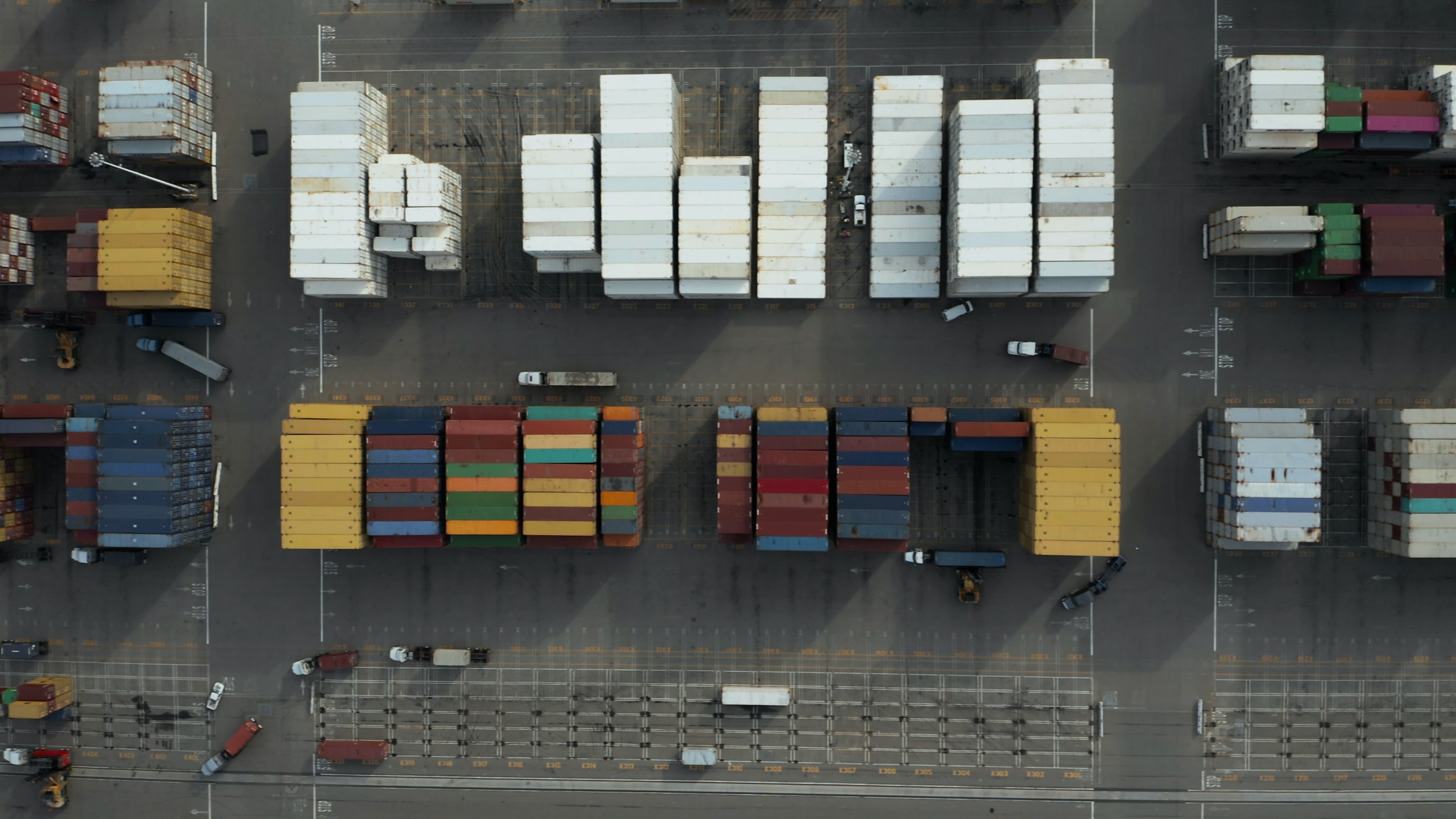
Importing and Exporting, and Global Sourcing
What Do We Mean by Exporting and Importing?
The historical backdrop of bringing in and sending out traces all the way back to the Roman Empire, when European and Asian brokers imported and sent out products across the immense terrains of Eurasia. Exchanging along the Silk Road prospered during the thirteenth and fourteenth hundreds of years. Processions loaded down with imports from China and India came over the desert to Constantinople and Alexandria. From that point, Italian boats moved the merchandise to European ports.
For quite a long time, bringing in and trading has frequently elaborate go-betweens, due to a limited extent to the significant distances voyaged and different local dialects spoken. The zest exchange of the 1400s was no exemption. Flavors were a lot of popular in light of the fact that Europeans had no refrigeration, which implied they needed to save meat utilizing a lot of salt or hazard eating half-bad tissue. Flavors camouflaged the generally unfortunate kind of the meat. Europeans likewise involved flavors as meds. The European interest for flavors brought about the zest exchange. The difficulty was that flavors were hard to get in light of the fact that they filled in wildernesses a portion of a world away from Europe. The overland excursion to the zest rich grounds was laborious and involved numerous agents en route. Every go between charged an expense and in this manner raised the cost of the flavor at each point. Toward the finish of the excursion, the cost of the flavor was swelled 1,000 percent.
Sending out is characterized as the offer of items and administrations in unfamiliar nations that are obtained or made in the nation of origin. Bringing in is the flipside of sending out. Bringing in alludes to purchasing labor and products from unfamiliar sources and bringing them back into the nation of origin. Bringing in is otherwise called worldwide obtaining.
For what reason Do Companies Export?
Organizations send out on the grounds that it’s the least demanding method for partaking in worldwide exchange, it’s a less expensive speculation than the other passage systems, and it’s a lot simpler to just quit trading than it is to remove oneself from the other section modes. A commodity accomplice as either a merchant or a product the executives organization can work with this interaction. A commodity the executives organization (EMC) is a free organization that plays out the obligations that a company’s own product division would execute. The EMC handles the vital documentation, tracks down purchasers for the commodity, and takes title of the merchandise for direct product. Consequently, the EMC charges an expense or commission for its administrations. Since an EMC carries out every one of the roles that a company’s product division would, the firm doesn’t need to foster these inner capacities. In particular, trading gives an organization speedy admittance to new business sectors.
Dangers of Exporting
There are takes a chance in depending on the product choice. In the event that you just product to a country, the merchant or purchaser could change to or if nothing else take steps to change to a less expensive provider to get a superior cost. Or on the other hand somebody could begin making the item locally and take the market from you. Likewise, nearby purchasers some of the time accept that an organization which just commodities to them isn’t exceptionally dedicated to offering long haul assistance and backing once a deal is finished. In this way, they might like to purchase from somebody who’s creating straightforwardly inside the country. Right now, many organizations start to reexamine having a nearby presence, which pushes them toward one of the other passage choices.


